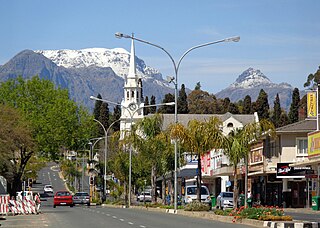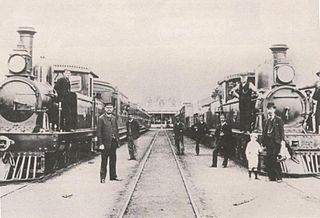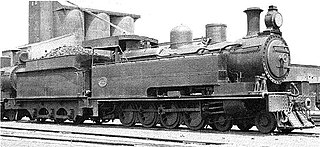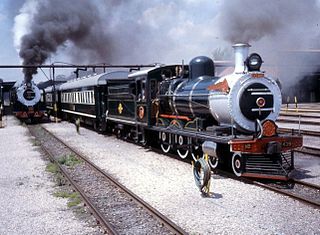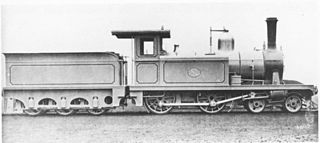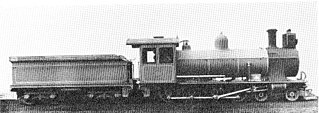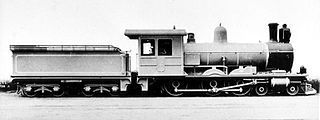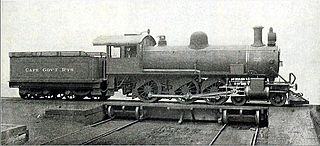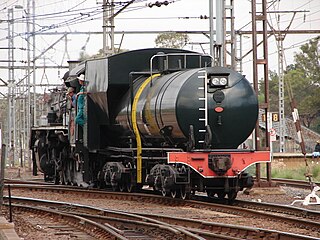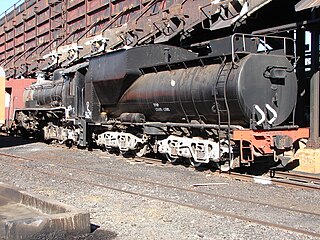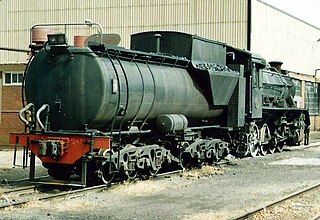| Letter | Water capacity |
|---|
| A | 2,220 imperial gallons (10,100 litres; 2,670 US gallons) |
| B | 2,370 imperial gallons (10,800 litres; 2,850 US gallons) |
| C | 2,590–2,600 imperial gallons (11,800–11,800 litres; 3,110–3,120 US gallons) |
| C1 | 2,590–2,600 imperial gallons (11,800–11,800 litres; 3,110–3,120 US gallons) |
| D | 2,730–2,780 imperial gallons (12,400–12,600 litres; 3,280–3,340 US gallons) |
| E | 2,800–2,855 imperial gallons (12,700–13,000 litres; 3,360–3,430 US gallons) |
| E1 | 2,800–2,855 imperial gallons (12,700–13,000 litres; 3,360–3,430 US gallons) |
| F | 3,000 imperial gallons (13,600 litres; 3,600 US gallons) |
| F1 | 3,000 imperial gallons (13,600 litres; 3,600 US gallons) |
| F2 | 3,000 imperial gallons (13,600 litres; 3,600 US gallons) |
| G | 3,080 imperial gallons (14,000 litres; 3,700 US gallons) |
| H | 3,225 imperial gallons (14,700 litres; 3,870 US gallons) |
| J | 3,500 imperial gallons (15,900 litres; 4,200 US gallons) |
| K | 3,675 imperial gallons (16,700 litres; 4,410 US gallons) |
| L | 3,900 imperial gallons (17,700 litres; 4,680 US gallons) |
| M | 4,000 imperial gallons (18,200 litres; 4,800 US gallons) |
| M2 | 4,000 imperial gallons (18,200 litres; 4,800 US gallons) |
| M3 | 4,000 imperial gallons (18,200 litres; 4,800 US gallons) |
| M4 | 4,000 imperial gallons (18,200 litres; 4,800 US gallons) |
| P | 4,250 imperial gallons (19,300 litres; 5,100 US gallons) |
| P1 | 4,250 imperial gallons (19,300 litres; 5,100 US gallons) |
| R | 4,600 imperial gallons (20,900 litres; 5,520 US gallons) |
| S | 5,000 imperial gallons (22,700 litres; 6,000 US gallons) |
| T | 5,587–6,000 imperial gallons (25,400–27,300 litres; 6,710–7,210 US gallons) |
| T1 | 6,000 imperial gallons (27,300 litres; 7,210 US gallons) |
| V | 7,250–7,500 imperial gallons (33,000–34,100 litres; 8,710–9,010 US gallons) |
| W | 9,200–10,000 imperial gallons (41,800–45,500 litres; 11,000–12,000 US gallons) |
| W1 | 10,500 imperial gallons (47,700 litres; 12,600 US gallons) |
| W2 | 11,200 imperial gallons (50,900 litres; 13,500 US gallons) |
| X | 6,500 imperial gallons (29,500 litres; 7,810 US gallons) |
| Y | 4,500–4,520 imperial gallons (20,500–20,500 litres; 5,400–5,430 US gallons) |
| Y1 | 4,200 imperial gallons (19,100 litres; 5,040 US gallons) |
| Z | 5,000 imperial gallons (22,700 litres; 6,000 US gallons) |
|



